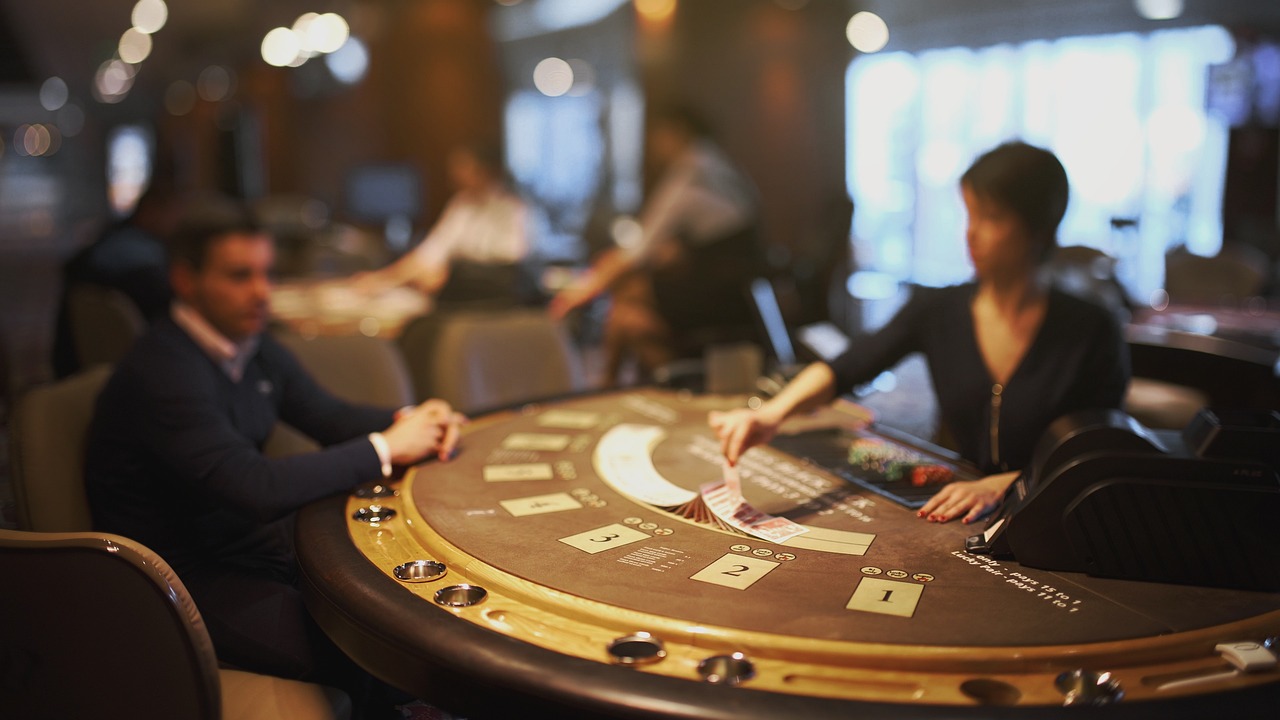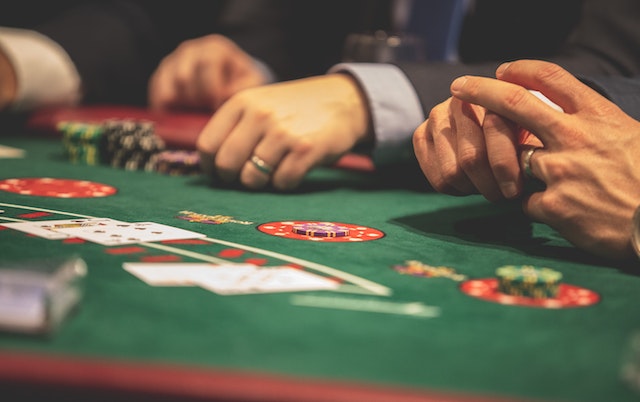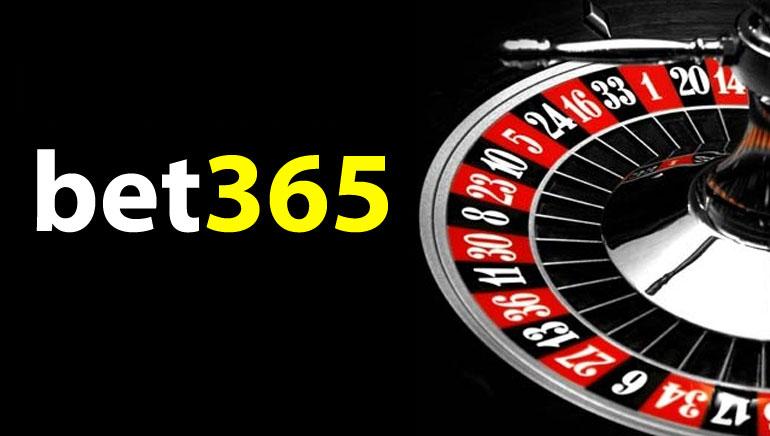Key Things in the Art of the Double Down in Blackjack

If you’re looking to up your game and maximize your chances at the casino, then mastering the art of the double down is an absolute must. But it is for Blackjack. If poker is what you’re into, check out https://www.otsnews.co.uk/how-to-quickly-improve-your-poker-playing-skills/.
In Blackjack, the double down is a daring move that can turn a good hand into an exceptional one, but it’s not without its risks. That’s why today, we’ll be exploring all elements that will help you navigate this high-stakes maneuver with confidence and finesse.
Card Value Total
In the game of Blackjack, understanding the value of your cards is crucial. Each card holds a numerical value that contributes to the total sum of your hand. The goal is to get as close to 21 without going over – and knowing when to double down can significantly impact your chances of success. But it’s not just about adding up numbers; it’s about making smart decisions based on probability and risk assessment. To calculate your card value total, simply add up the numerical values assigned to each card. For example, if you have a Queen and a Seven, your card value total would be 17 (10 + 7). If you had an Ace and a Six, you could choose between counting the Ace as one point or eleven points to achieve different totals – flexibility that adds intrigue and strategy to the game.

Dealer’s Upcard
This is the card that is visible to all players at the table and can hugely impact your decision-making process. When the dealer shows a low-value upcard, such as a 3, 4, 5, or 6, it puts them at a disadvantage. These cards are considered weak because they require the dealer to draw additional cards in order to reach a total closer to 21. As a player, this presents an opportunity for you to take advantage of their weaker position by doubling down on your hand.
On the other hand, if the dealer’s upcard is strong – like a face card (10-King) or an Ace – it indicates that they have a higher probability of reaching a desirable total without needing additional cards. In this scenario, doubling down may not be as advantageous because there is an increased risk that the dealer could beat your doubled bet with their own strong hand.
Soft Total
Moving on, a soft total refers to a hand that has an Ace card, that can be counted as either 1 or 11. This flexibility gives players an advantage because it allows them to potentially improve their hand without going over 21. When you have a soft total, you have more options available to you when deciding whether or not to double down. For example, if your initial two cards are an Ace and a 6, giving you a soft total of 17, you may choose to double down if the dealer’s upcard is weak (such as a 3 to 6). By doubling down on this strong starting hand with the potential for improvement by drawing just one additional card.
Splitting Pairs
 Splitting pairs is a strategic move in the game of Blackjack that can significantly increase your chances of winning. When you are dealt two cards of the same value, such as two 7s or two Queens, you have the option to split them into separate hands and play each hand individually. By splitting pairs, you are essentially doubling your bet and creating more opportunities to beat the dealer. For example, if you have a pair of 8s and decide to split them, you now have two separate hands with an initial value of 8 each. This gives you a better chance to improve your hand by receiving additional cards.
Splitting pairs is a strategic move in the game of Blackjack that can significantly increase your chances of winning. When you are dealt two cards of the same value, such as two 7s or two Queens, you have the option to split them into separate hands and play each hand individually. By splitting pairs, you are essentially doubling your bet and creating more opportunities to beat the dealer. For example, if you have a pair of 8s and decide to split them, you now have two separate hands with an initial value of 8 each. This gives you a better chance to improve your hand by receiving additional cards.
Splitting Aces gives you the opportunity to potentially get Blackjack on both hands while splitting eights helps avoid having a weak total of 16. Remember, when it comes to doubling down, timing is everything. It’s crucial to identify favorable situations where the odds are in your favor before making this strategic move. While there are no guarantees in gambling, employing these techniques will undoubtedly increase your chances of success at the blackjack table.…


